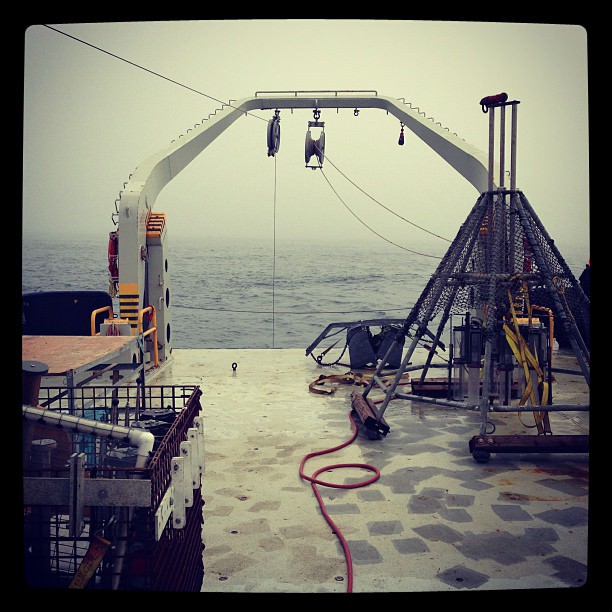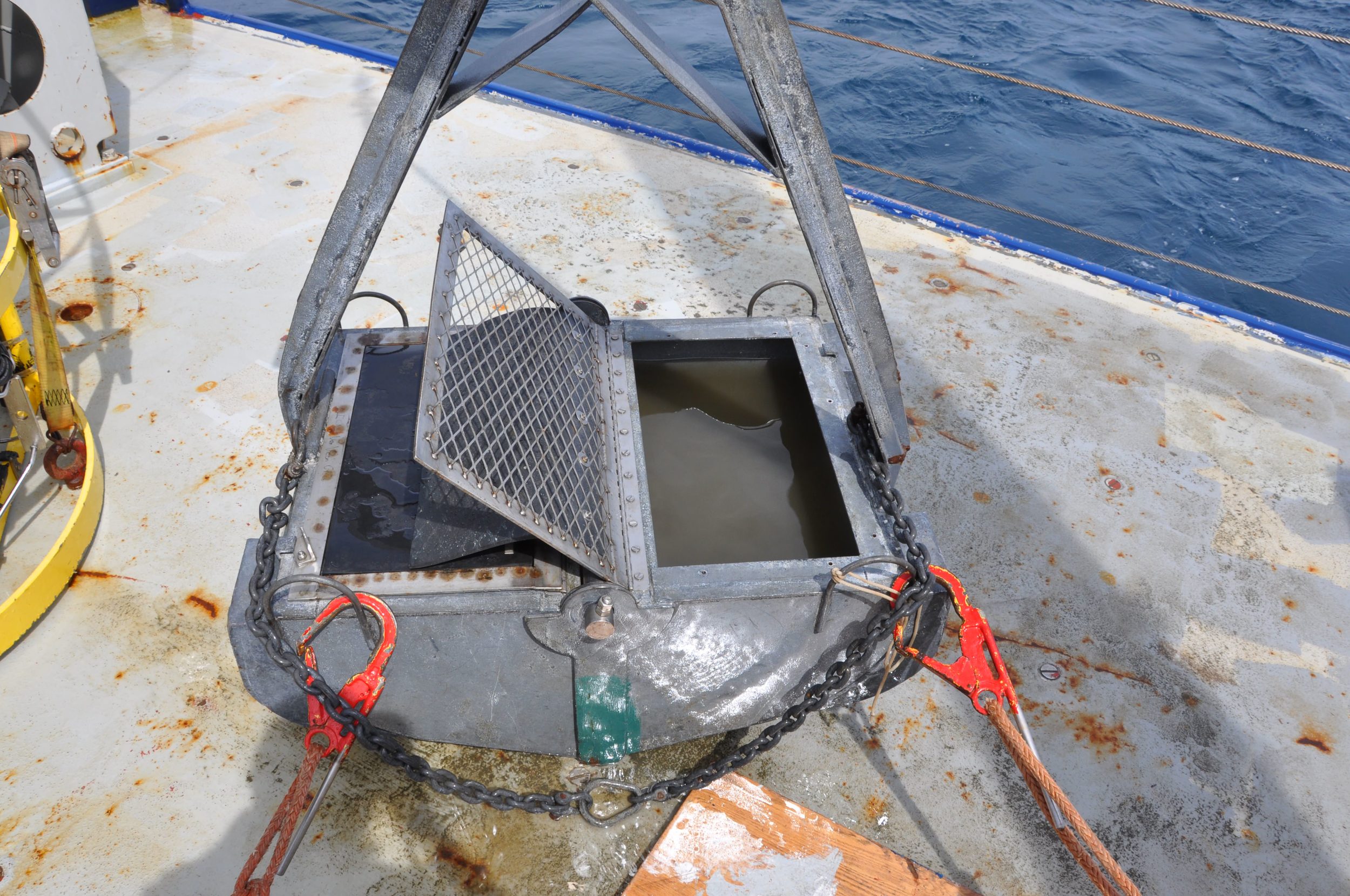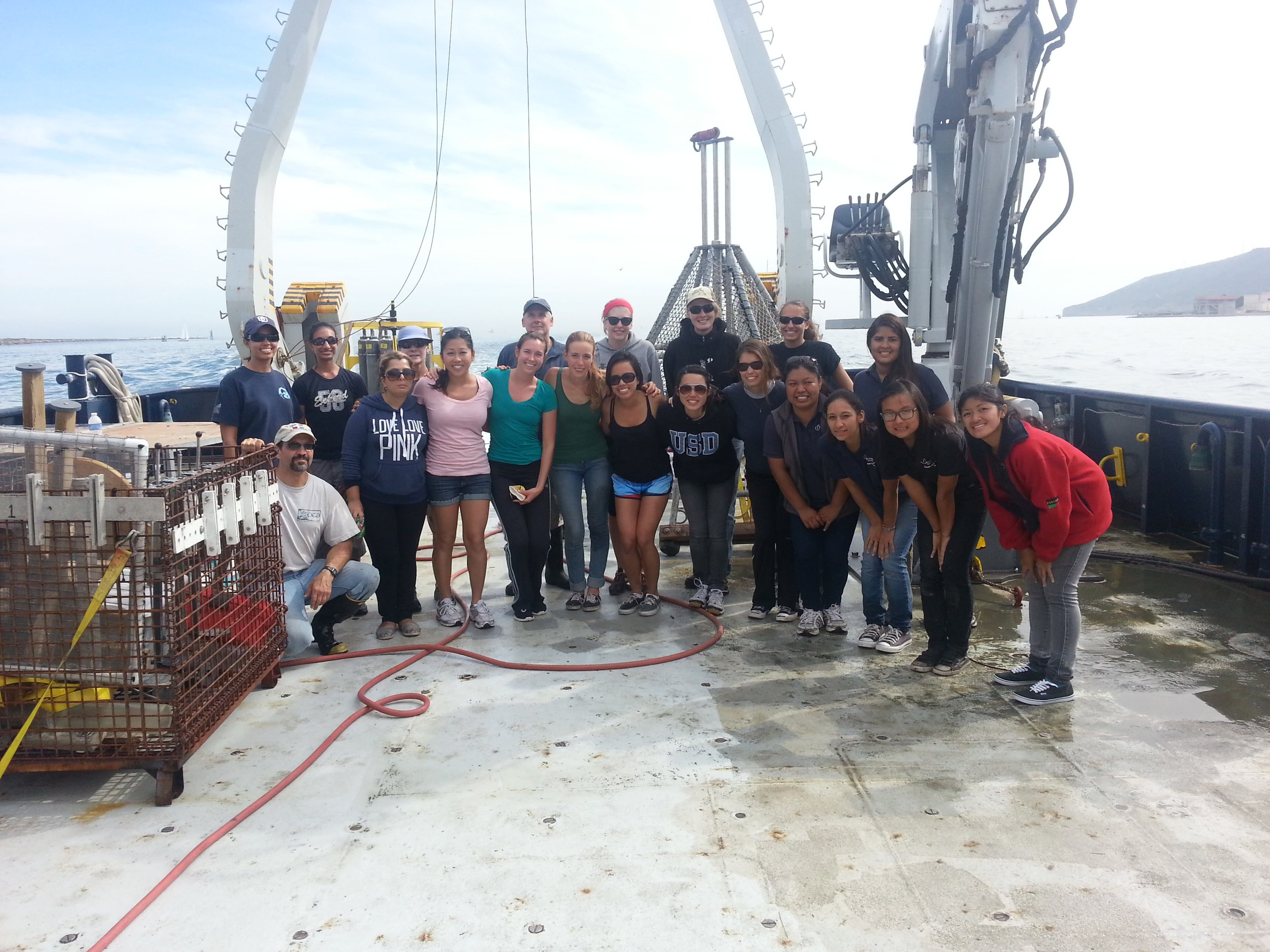A really interesting meta analysis by Sorte et al in Ecology Letters. The general suspicion has been that climate change would favor exotics species over natives, but the specific results are all over the map. Sorte et al compiled a substantial set of studies looking at the issue, and found a broad pattern - in terrestrial systems, they found no bias for exotics from climate change, while for aquatic taxa, non-natives tended to show stronger responses to climate change. Their summary:
Across systems, there could be a higher risk of invasion at sites becoming more climatically hospitable, whereas sites shifting towards harsher conditions may become more resistant to invasions.
An interesting and highly nuanced paper - I highly recommend that you read the whole thing - get it HERE


































